MAY 24, 2025: Today’s plan was ambitious: to visit Jewish heritage sites in three different towns—Faaborg, Assens, and Fredericia. It looked like it would be a long day, so we got off to an early start. After packing up the car, we said goodbye to our Airbnb host, who came out to see us off with a thoughtful gift of homemade candles—another example of the kindness we consistently encountered from the Danish people, who often went above and beyond.
The road wound through green farmland and one small town after another. Navigating Danish speed limits was a constant exercise in adjustment—80 km/h between towns, dropping to 60 at the outskirts, and slowing to 50 or even 45 in the town centers. Danish drivers were impressively law-abiding, always sticking to the posted limits. Our car helped us keep at the right speed – letting out an annoying beep any time we went too fast.
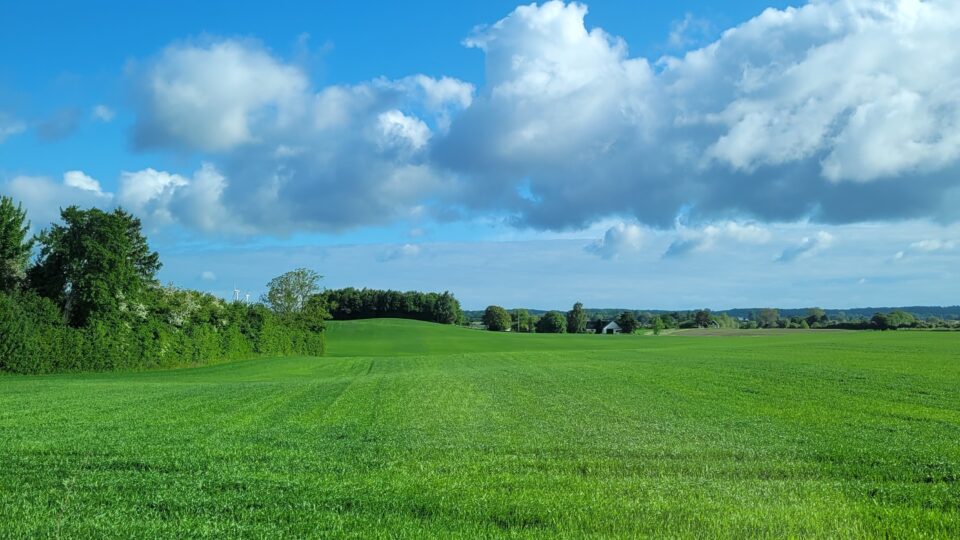
We reached Faaborg and parked near the historic center. Our first stop was a recommended bakery, where we had the traditional Danish breakfast of a poached egg, yogurt with granola, breads, cheeses and coffee.
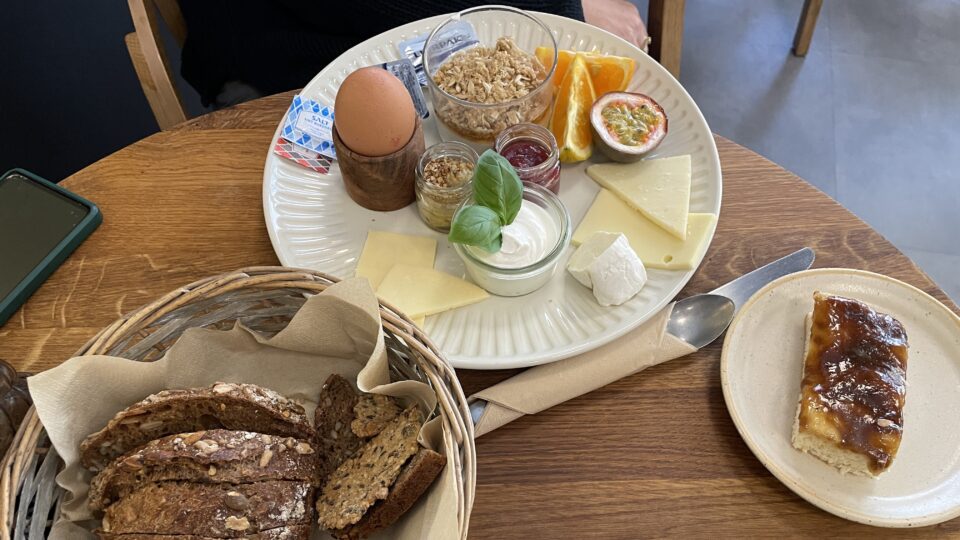
Faaborg, Denmark once hosted a small but active Jewish community, beginning in the late 18th century. At its peak in the mid-19th century, Jews made up about 2% of Faaborg’s population, working in trades, medicine, and early industry. By the early 1800s, a synagogue was established at Klostergade 12, later rebuilt in 1859 and used until 1907, when it could no longer assemble a minyan. In 1914, the building topped with a visible Star of David, was purchased and converted into a Masonic Temple, which still stands today.

Next door to the synagogue, at Klostergade 10, was the house of the rabbi.
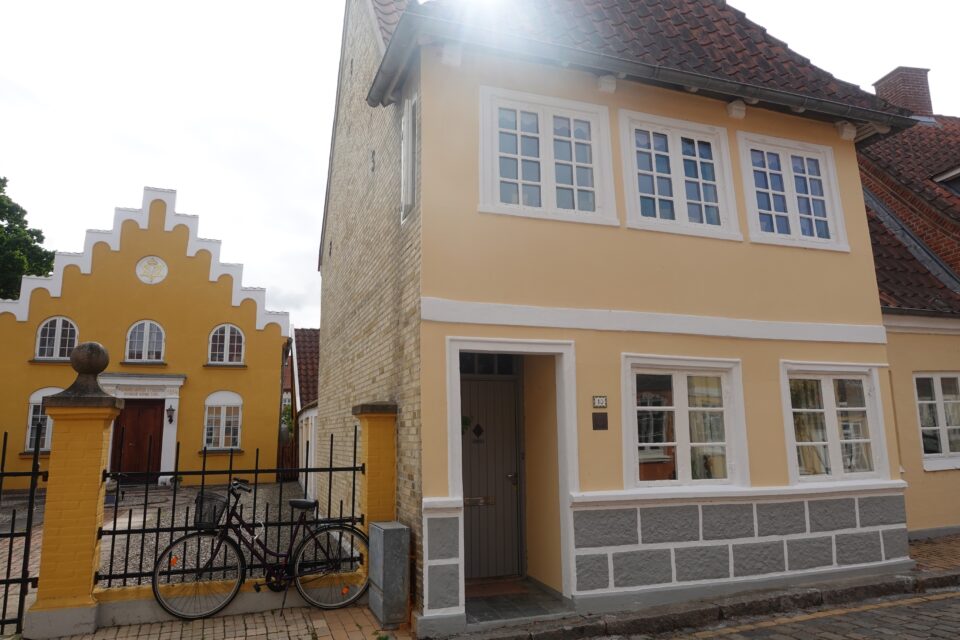
The community established a cemetery in 1795, which also served surrounding towns until they created their own burial grounds. It contains around 165 graves, with inscriptions in both Danish and Hebrew. Originally located outside the town, the cemetery now sits in the middle of a residential street, surrounded by a private home on one side and a small park on the other. It is enclosed by a red brick wall and nothing indicates that this is a Jewish Cemetery – no signage, no plaque. Unfortunately, the cemetery gate was locked, but from what we could see through the bars, it appeared to be well maintained. Although Faaborg no longer has a Jewish community, both the cemetery and the former synagogue remain as preserved heritage sites.

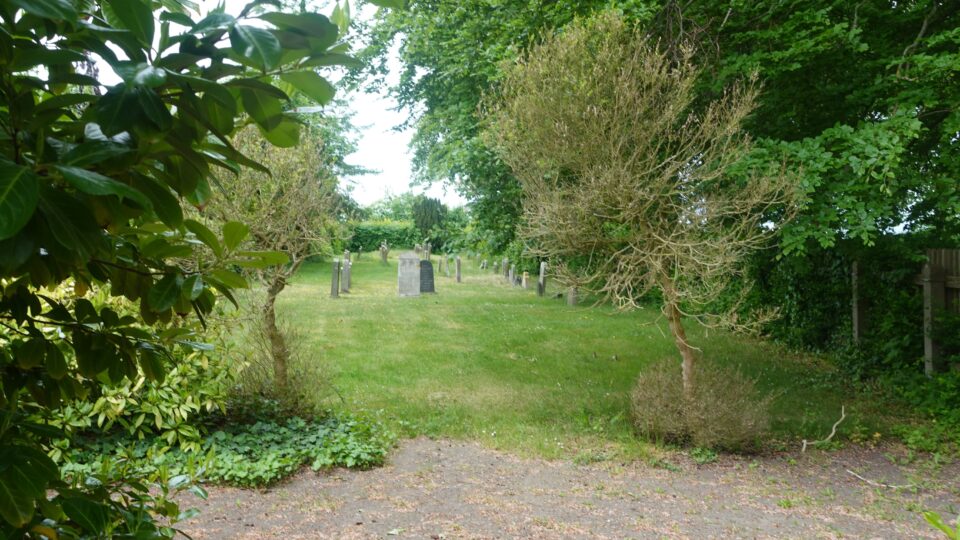
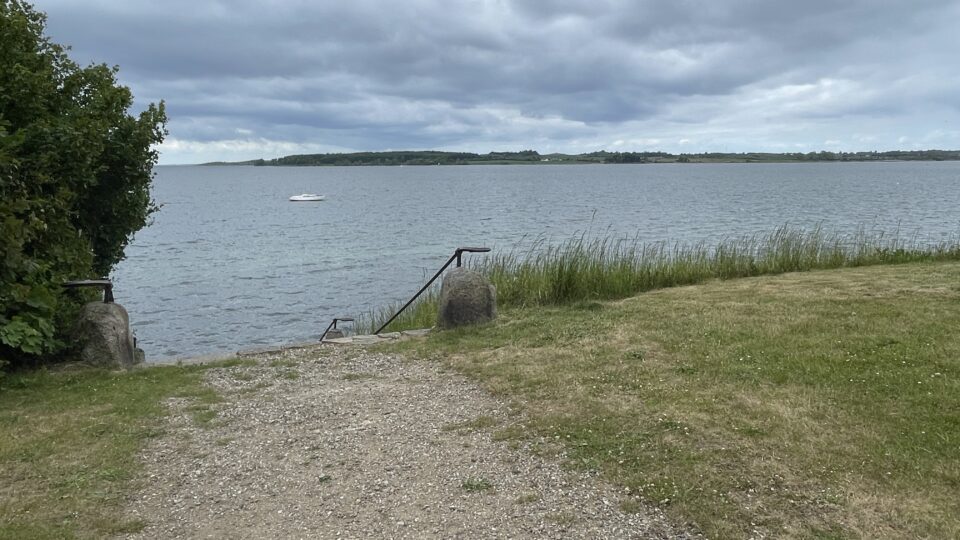
Faaborg is a charming small town of fewer than 7,000 residents, known for its cobbled streets, colorful facades, and well-preserved medieval houses. We strolled through its lanes as we made our way back to the car.


From there, we continued on to Assens. As in Faaborg, the town’s Jewish history dates back to the 18th century, and the community no longer exists today. The only visible trace of Jewish life is the old cemetery, located just outside the city center near a large park. We had some difficulty finding it, but after showing a photo to a few locals, we were kindly pointed in the right direction.


We entered the cemetery through an open gate. It was small, overgrown and unkept. Off to one side stood a surprisingly recent gravestone from 2023, bearing a name that didn’t sound particularly Jewish—yet small stones had been placed on top, in keeping with Jewish tradition. Curious, I searched online for more information about the woman buried there, but found nothing.
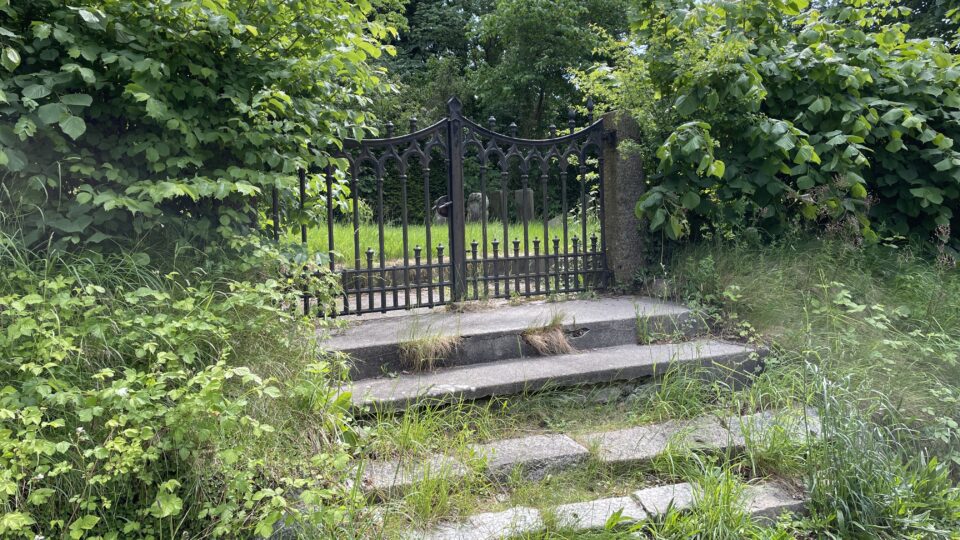
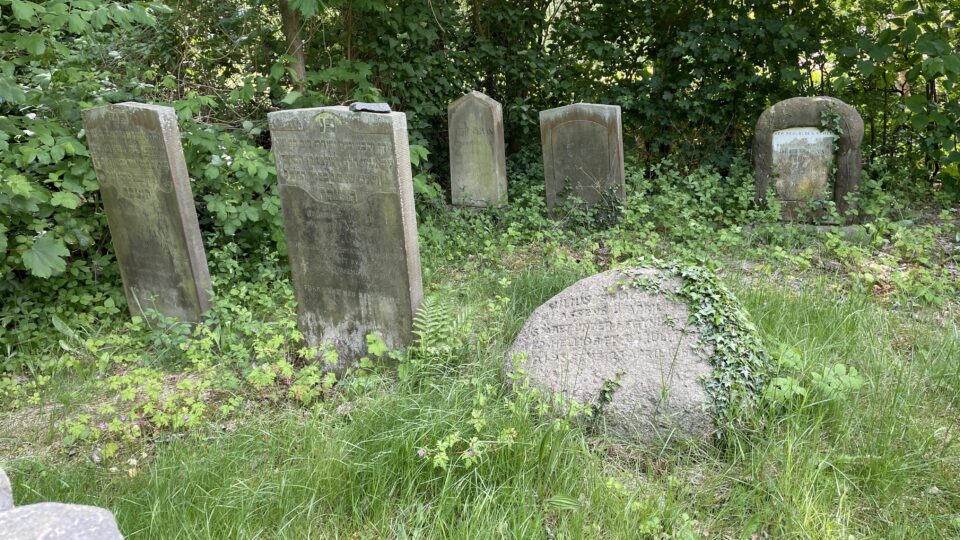
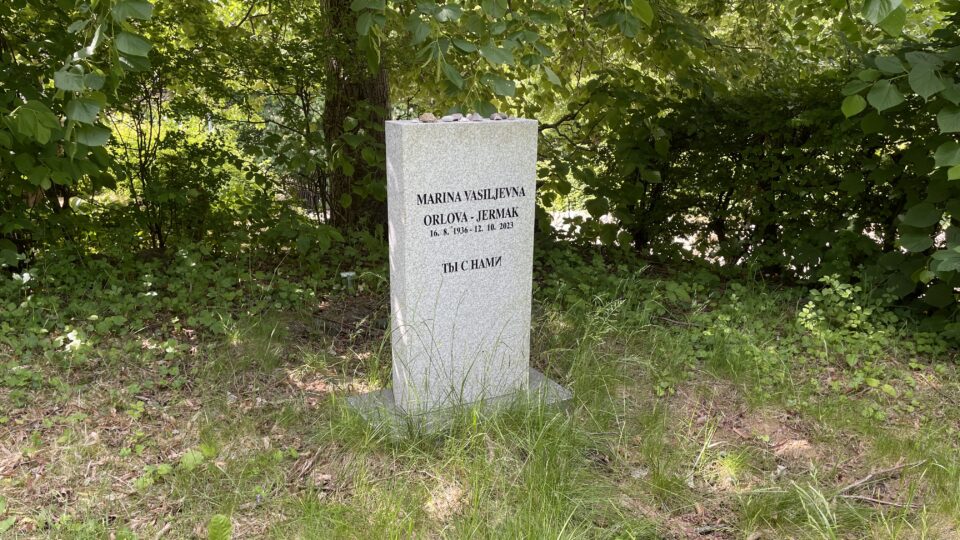
From Assens, it was a 45-minute drive north to our next destination, Fredericia. While both Faaborg and Assens are located on the Danish island of Funen, reaching Fredericia required crossing a bridge onto Jutland—the mainland peninsula of Denmark where the town is situated.

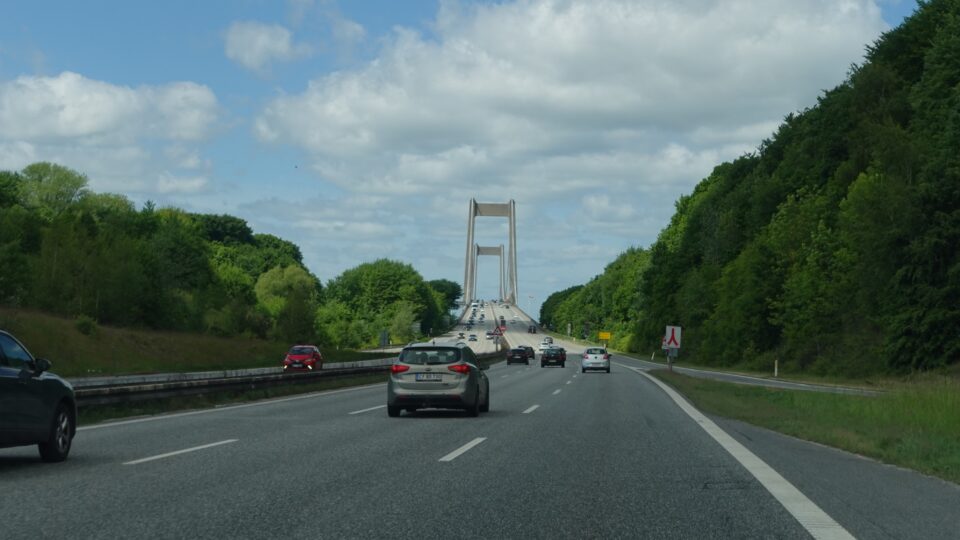
With the grant of religious freedom in 1674, Fredericia became a uniquely multicultural town, welcoming Jews, Catholics, Huguenots, and others—long before such tolerance was widespread in Denmark. By the early 1700s, a Jewish community had taken root and, in 1719, built a dedicated synagogue at Riddergade 15. The building was rebuilt several times over the years, with the final service being held in 1902. It was eventually demolished in 1915, and today a memorial plaque marks the site where the synagogue once stood.
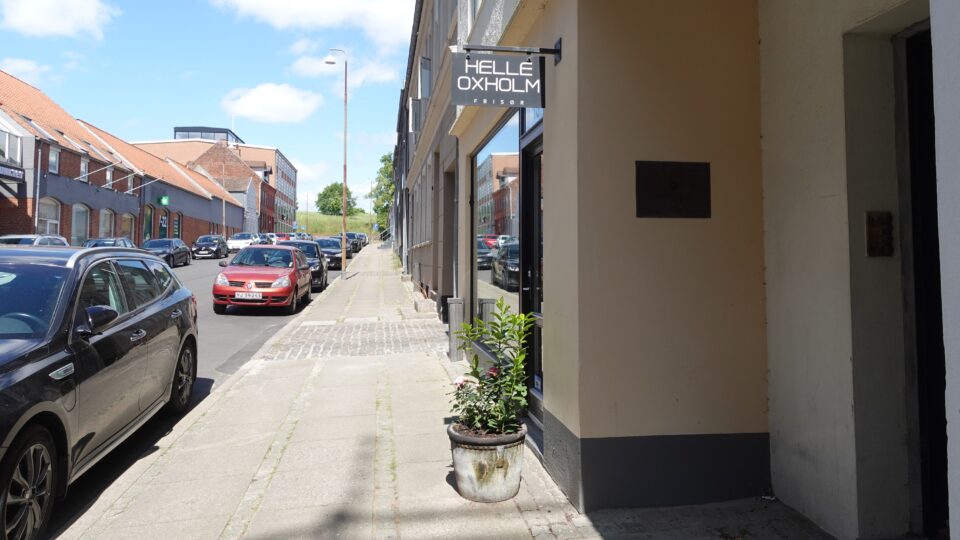

The Jewish cemetery in Fredericia is the largest in Denmark outside of Copenhagen, with approximately 500 graves dating from 1727 to 1914. Today, it exists in two separate sections not far from each other. Originally, the cemetery was one continuous plot, but in 1910, the land between the two parts was sold to a factory, dividing the site.
We arrived at the entrance to the larger section, and like in Faaborg, the gate was locked—but we could see the tombstones in the distance. At the entrance to the cemetery is a small building that once housed the chapel. Here also lived the family that took care of the cemetery.
On the sidewalk in front of the chapel, we noticed a sign for a podcast about Fredericia’s history. This 12-episode series includes one episode dedicated to the city’s Jewish past, including an explanation of how the cemetery came to be located here. According to legend, when King Frederick IV visited Fredericia, he was served an especially tasty meal. Curious to know who had prepared it, he learned it was a Jewish woman. In gratitude, he offered to grant her a wish—and she asked for a burial place for her community. The land granted to the Jewish population was part of the area where Denmark’s official executioner once lived. In other words, while the gesture was generous, the land itself wasn’t especially valuable.
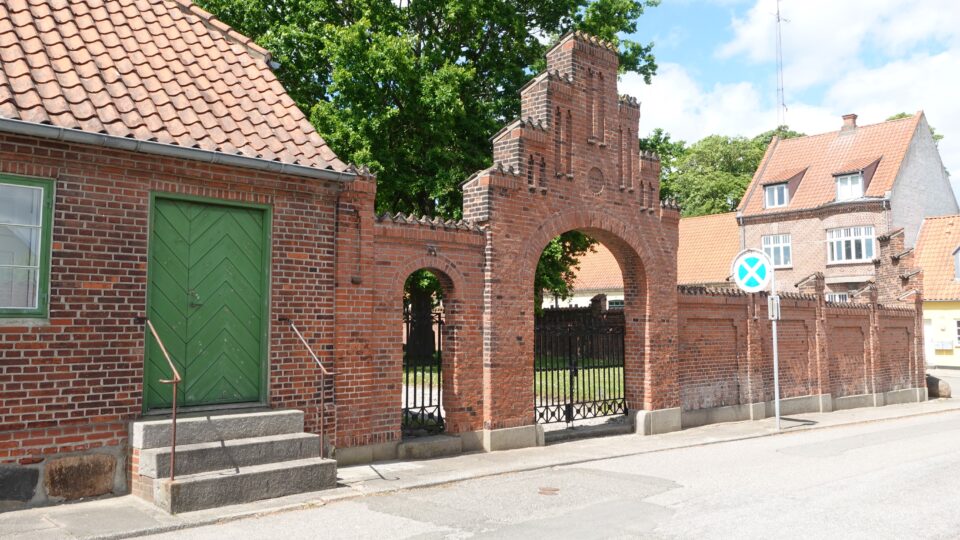
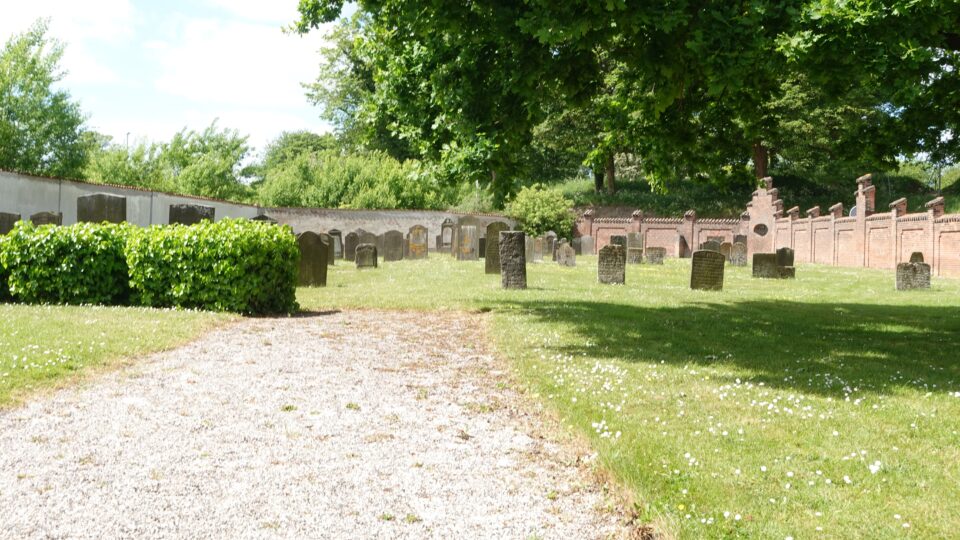
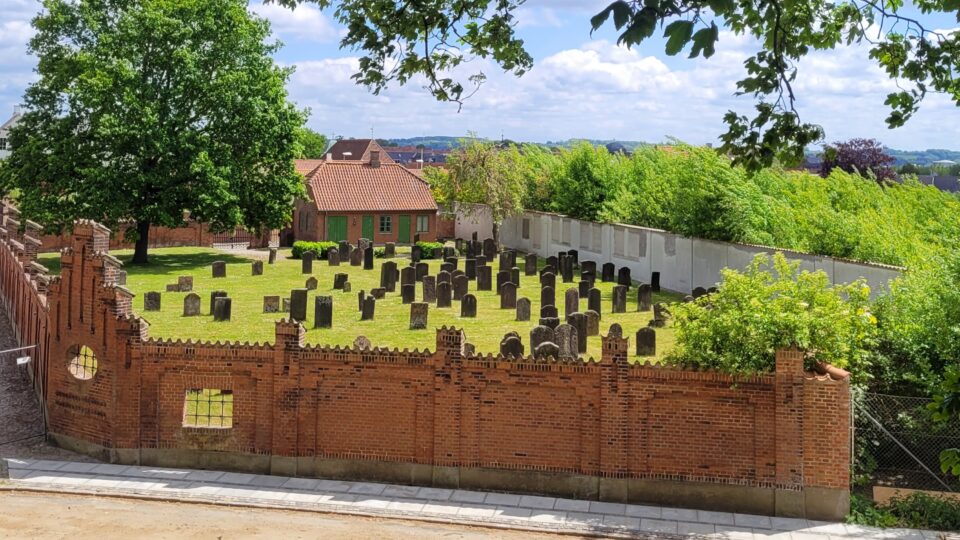

Reaching the second part of the cemetery proved more difficult: the access road was blocked off as a construction zone. Fortunately, it was the weekend, and with no work underway, we were able to make our way to the entrance gate, which was also locked. From there, we could only glimpse the backs of the tombstones


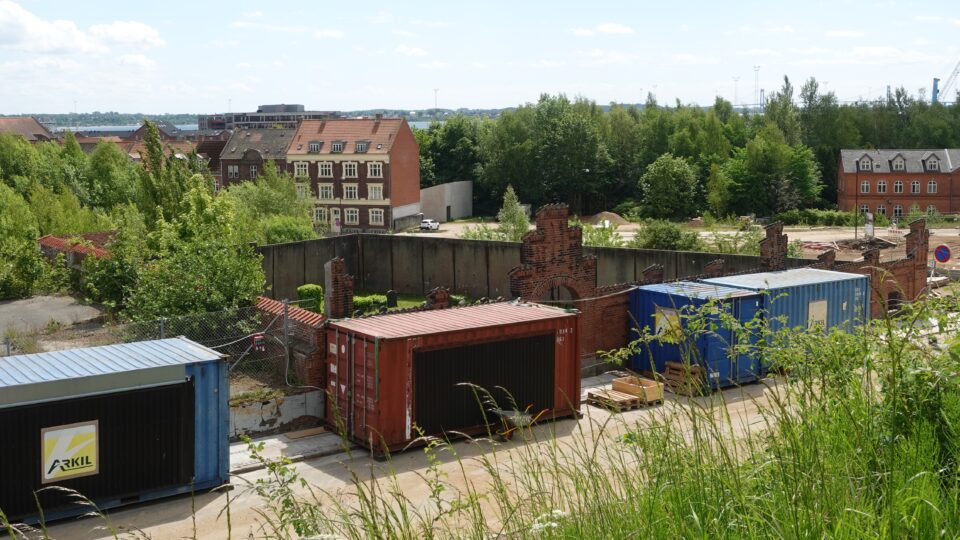
We had now managed to visit all the Jewish heritage sites we’d hoped to see today – and it was surprisingly still relatively early in the day! With the extra time we had, since my daughter is a potter, we decided to visit the CLAY Museum of Ceramic Art Denmark.
When we arrived, we discovered there was an event happening, no parking available. We eventually found a spot on a nearby side street, surrounded by neat rows of steep-roofed brick homes with manicured gardens. On the walk to the museum, we passed what looked like a beautiful public garden, which turned out to be a Christian cemetery.

The museum was buzzing—today was a special annual competition day. The courtyard was full of people, and there were workshops, demonstrations, and food stalls.


A small crowd had gathered at a tent. Curious, we wandered over—it was the scene of a live pottery competition, where potters had 30 minutes to throw the widest piece they could. Today was “widest,” tomorrow would be “tallest.”
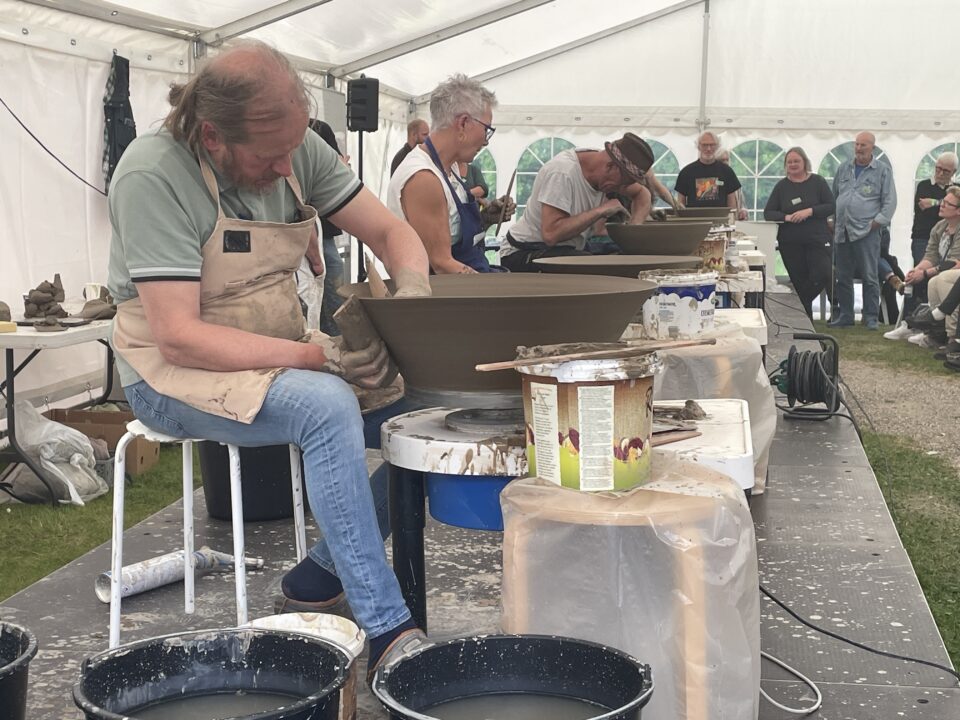
One of the potters walking out of the tent had a name tag that read Uri Avitan. I asked if he was Israeli. Yes—he’s been living in Denmark for 38 years and was competing in the next round. Last year, he placed third.
While waiting for the next round to begin, we went inside the museum. The top floor houses a stunning ceramics shop featuring works by many artists. Downstairs, the exhibits included a well-curated explanation of the ceramic-making process—clay types, glazes, forms—and a temporary show by a Danish ceramic artist. It was all beautifully presented and genuinely fascinating.

We returned to watch the third pottery round. Everything was in Danish—including the jokes—so we didn’t understand much. As far as I could tell, Uri didn’t win, but the atmosphere was full of good-natured energy.
After visiting the CLAY Museum, we checked into our nearby hotel. It had been a long and fascinating day, and we were looking forward to continuing the journey tomorrow.

Got quite a lot in for one day. And it looks like you had decent weather for a change.
propecia 1 mg A 1 min static image was acquired in a 128 128 matrix 20 window, 159 keV after the examination
The potter competition sounds like a nice surprise! Nice post and pics!